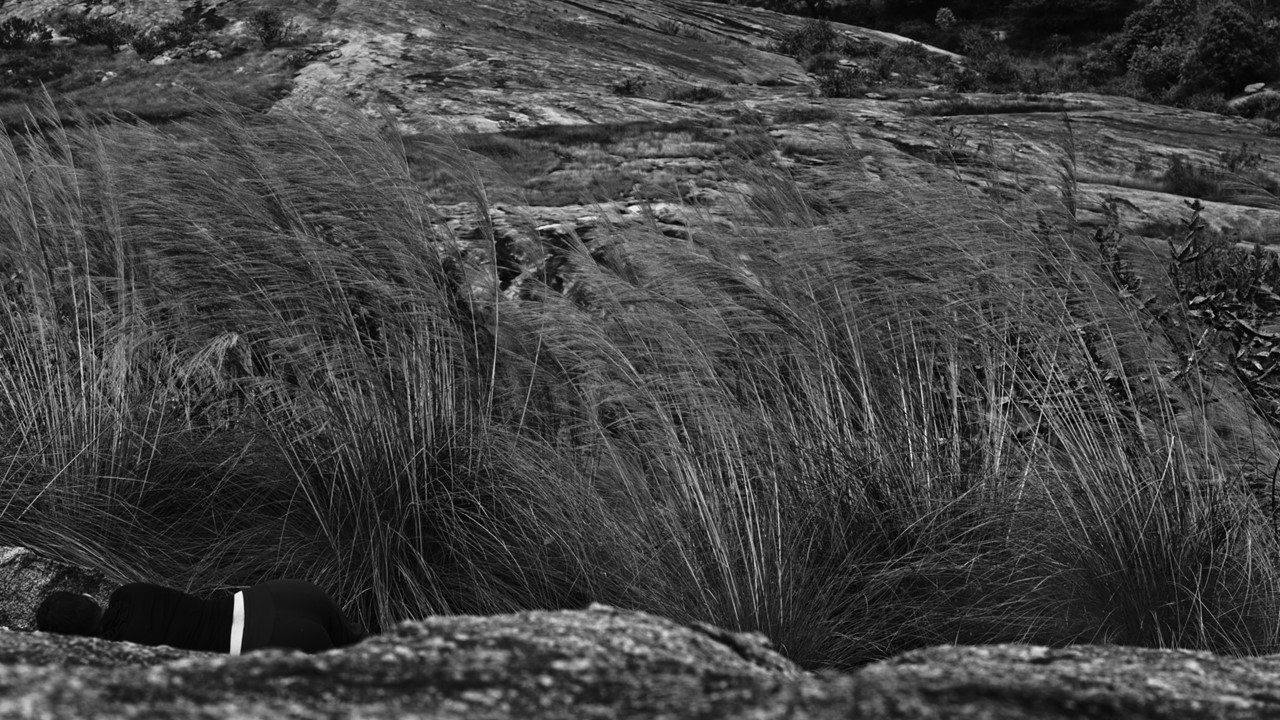About 15 years ago when I lived in London, I had the opportunity to experiment with teaching curriculum subjects like mathematics and biology and English through dance and creative movement. Even at the time this way of integrating movement with curricular subjects as a pedagogical method was new and exciting. I would work alongside the subject teacher, say a biology teacher, and together we would design the lesson plans such that students learned biology topics through working creatively and expressively with the body. There were many debates at that time regarding the intrinsic value of dance, which would be the value of dance as an art form, and the instrumental value of dance, which would be using dance to teach something else.
Over the years I have thought a lot about this debate between the intrinsic value and the instrumental value of the arts in the context of education. And I have come to the understanding that this is a binary that does not serve us well. Through movement we learn about many things. We learn how to move, we learn what it means to move. But we also learn what it means to work collaboratively, to creatively iterate an idea, to communicate. So my question then became why can't we on other things as well? Such as how numbers related to each other, or how to manipulate quadrilaterals to form other shapes. The instrumental argument is that movement is being used to teach mathematics. But what if, because we use movement, we understand or relate to mathematics differently? Can the inclusion of embodied pedagogy in math teaching actually change the way we relate to math and the way we understand math itself?
This last week feels like culmination of sorts for all these questions and curiosities around how embodied pedagogy impacts the teaching of what we call curricular subjects. This is because as part of my PhD research I have had the opportunity to design a module to teach standard 8 mathematics using embodied pedagogy. I had the opportunity to trial this module with a group of very engaged and curious 8th graders. It was very exciting to be able to finally systematically and rigorously study something that I have been working with for these past 15 years.
I am very much looking forward to the next steps of analysing the data and writing up the findings of this first phase of the research.









